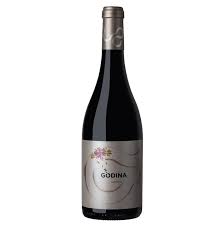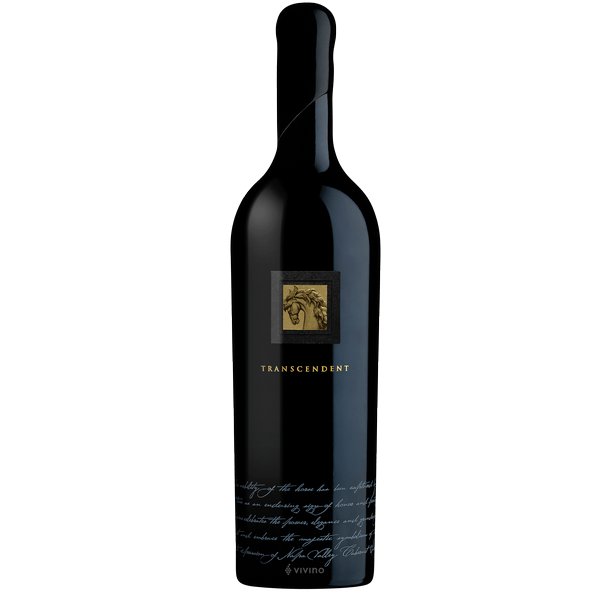2018 Godina Garnacha
2018 Godina Garnacha Ripe blackberry, cherry and floral pastille aromas are complicated by hints of woodsmoke, licorice candy and peppery spices. This 2018 is sappy and penetrating on the palate, offering juicy red and dark berry flavors that deepen steadily with air. Chewy tannins build slowly on the long, penetrating finish, adding shape and grip to the echoing cherry and spice flavors. There’s some nice, ripe mulberry character here and the oak doesn’t get in the way of the fruit, but as this rich red moves across your palate you feel the alcohol more and more. With some fresh, drier tannins and less opulence this would rate higher. Drink now.
‘So fruitful and even better after being open for 3 days. Black berries, red berries and spices…. and the value of this Wine? Twice the cost”
excellent vintage, The 2018 Spanish vintage endured a challenging growing season and quality varied throughout the regions.
Grenache (Garnacha) is a red-wine grape grown extensively in France, Spain, Australia and the United States. It is particularly versatile both in the vineyard and the winery, which may explain why it is one of the most widely distributed grapes in the world.
Grenache is the French (and most internationally recognized) name for the grape, but it has a number of synonyms. In Spain, where it is one of the country’s flagship varieties, it is known as Garnacha, and on the island of Sardinia it has been known for centuries as Cannonau. Some believe that the grape originated in Sardinia, and was taken back to Spain by the Aragonese, who occupied the island in the 14th Century.
Juan Gil is a wine producer in southeastern Spain’s Jumilla region, and is one of the most prominent in the region. It makes a range of reasonably priced red wines from the Monastrell grape variety, which is synonymous with this part of Spain.
Campo de Borja is a DO wine zone in Aragon, northern Spain. This extremely arid area is situated just south of the Ebro River and north of La Huecha River, and borders the southern stretches of the Navarra wine region. It is centered on Borja, a small town laden with history, having been founded in 5 BC by the Celtiberians (tribes thought to be of mixed Iberian and Celtic stock). The Borgia family, who came to prominence in Italy during the Renaissance and produced two Popes, were of Borjan origin. The campo in the DO’s name means ‘field’ or ‘land’.
Related products
95 Jeb Dunnuck | 93 James Suckling | 95 Robert Parker's
2018 Ca’ del Baio Vallegrande Barbaresco 2018 Ca’ del Baio Vallegrande Barbaresco has a garnet red color; intense nose, with powerful fruit, dried flowers and underbrush; dry taste, smooth and rounded, ending in a warm finish with nicely-balanced tannins. A natural match for roast and terrine meats, mature cheeses and fondues, meat and vegetable soups. [...]




